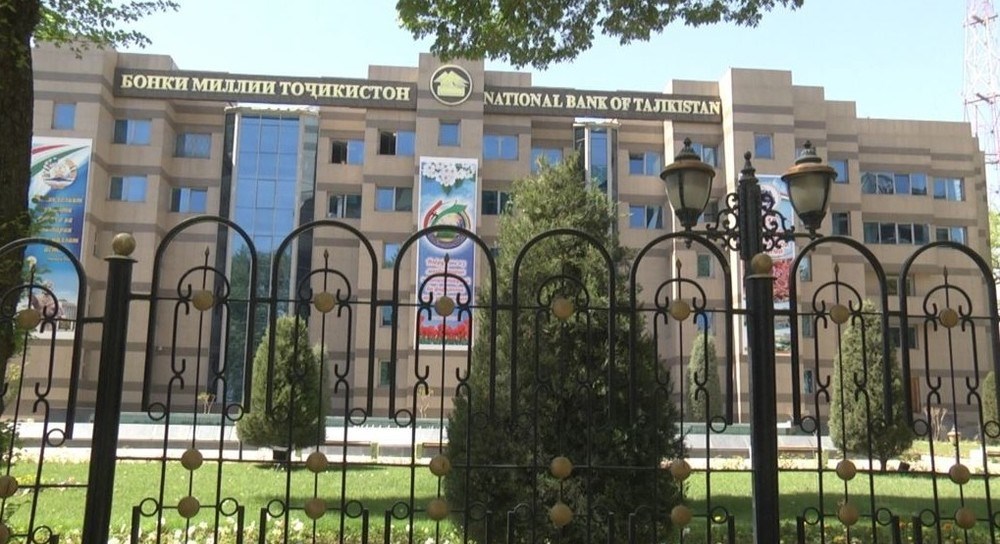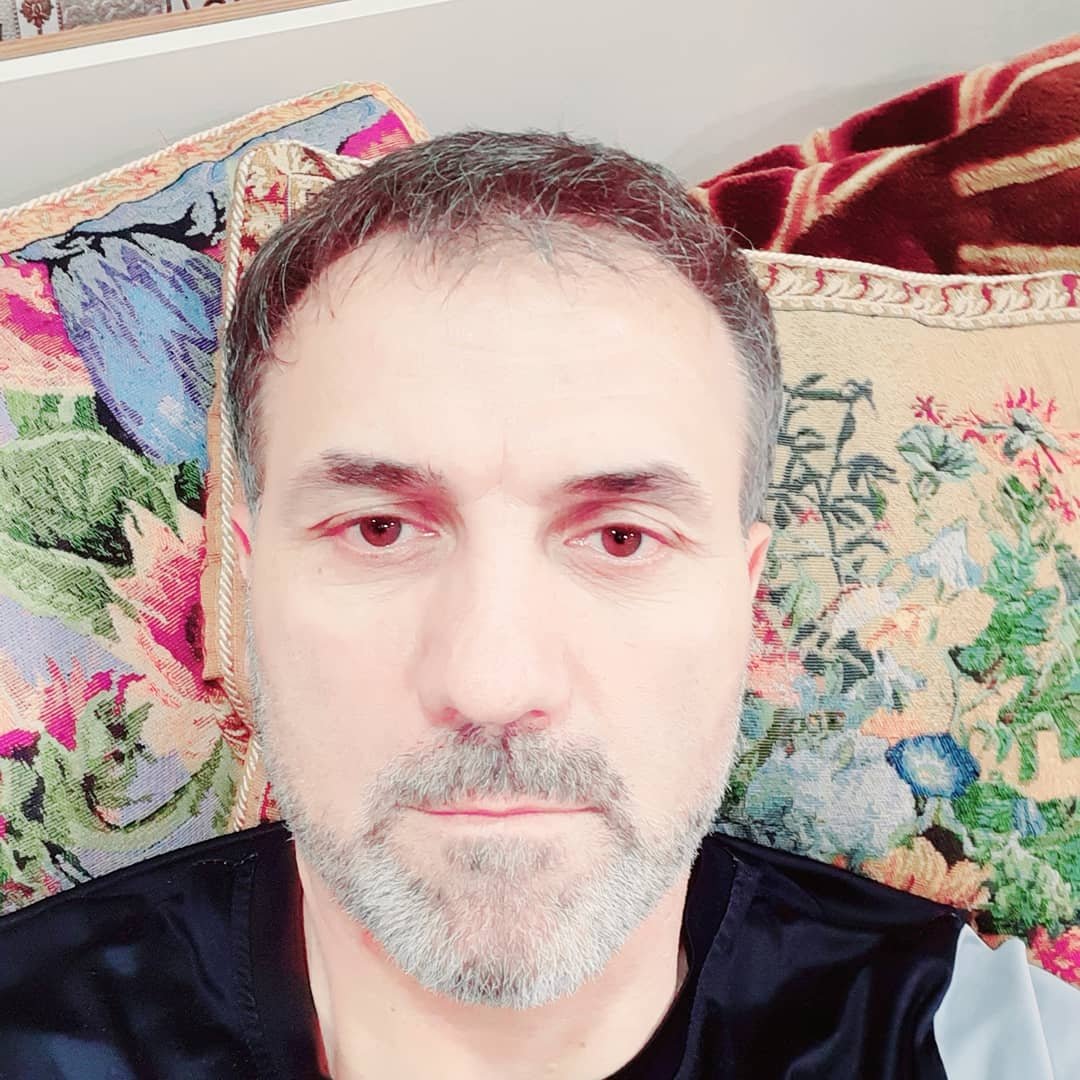In Tajikistan, licenses of two large banks of the country – «Agroinvestbank» and «Tojiksodirotbank» – have been revoked. The National Bank of Tajikistan stated that these banks are the reason for the loss of public confidence in the banking system. However, experts believe that depositors do not trust banks because of the poor return procedure, which does not serve the interests of individuals.

On May 21, the National Bank of Tajikistan (NBT) revoked the licenses of OJSC Agroinvestbank (AIB) and OJSC Tojiksodirotbank (TSB).
Quite recently these banks were considered systemically important and covered 50% of the banking sector. According to the National Bank of Tajikistan, these banks were serving over 30 thousand individuals alone.
The NBT justifies its decision to revoke licenses because of the fact that recurring shortcomings in the financial activities of banks “have become systematic”. These shortcomings are the result of “imperfect corporate governance system, professional incompetence of managers and officials” and many other factors.
As a result, these shortcomings led to the fact that from the position of systemically important banks, they turned into a credit institution with an insignificant share in the banking system.
The NBT said that the financial performance of both banks is becoming increasingly negative, and the banks do not have sufficient capacity, ability, and resources to continue their activities.
“At the same time, an increase in the number of complaints and appeals led to a decrease in public confidence in the Bank and banking system as a whole”, the NBT claimed in statements on both banks.
According to the liquidation procedure, temporary administrators were appointed in the banks, whose tasks, among other things, will include the sale of banks’ assets in order to pay debts to depositors.
According to the NBT, the total debt of OJSC “Agroinvestbank” as of April this year amounted to over 1.38 billion somoni (about 121 million US dollars), OJSC “Tojiksodirotbank” – over 1.26 billion somoni (about 110.4 million US dollars). The whole TSB’s assets amount to over 3.92 billion somoni (about 392.5 million US dollars), AIB – 1.82 billion somoni (159.5 million US dollars).
The NBT promised that the depositors will receive their funds back. Depositors who have insurance (27.7 thousand in AIB had insurance – 86% of the total number of depositors, in TSB 3.5 thousand or 64%) “will receive full payment on deposits from the Individual Savings Insurance Fund”. The rest (4 thousand AIB depositors and 2 thousand TSB depositors) will get partial repayment from the same Fund. The rest of the deposits of individuals and legal entities will be repaid after the sale of banks’ assets.
In accordance with the law “On liquidation of credit institutions”, the liquidation process should last 2 years, but by a court decision, this period can be extended. However, the chairman of Tojiksodirotbank Tojiddin Pirzoda promised that in six months all debts to depositors will be paid.
How did the banks’ problems appear?
The banking sector of Tajikistan faced a crisis in 2014. Despite the fact that the authorities initially associated this with the externally acting factors, international financial institutions associated this with mismanagement and corruption, and recommended the government to eliminate them.
According to the Tajik expert Parviz Mullodzhonov, in order to save both major banks, they were going to receive funds from the EDB, ADB, and other international donors in the amount of 450 million euros.

“Donors did their own investigation and refused, claiming that it is easier to close these banks than to save them. Plans to attract investment from other sources also proved to be untenable”, Mullodzhonov said.
According to him, banks got into a crisis due to unsuccessful projects. In particular, the project of the airline “TSB” “Nakhust Leasing”, projects for the expansion and construction of regional offices – each one of them could cost, according to various estimates, up to 500 thousand US dollars.
«Nakhust Leasing» is considered as one of the first leasing companies in the Tajik market, established in 2004 by «Tojiksodirotbank». The company, in particular, imported aircraft to Tajikistan in order to lease them. However, in 2014, the Agency for state financial control and combating corruption of the Republic of Tajikistan accused the leadership of «Nakhust Leasing» of forging documents during the import of a «Boeing 757-200 ЕR» in order to avoid customs payments in the amount of about 21 million somoni (about 1.8 million US dollars).
Also, according to Mullodzhonov’s data, “TSB” acted as a guarantor of various huge and short-term loans, which were made by large Tajik companies.
“Donors did their own investigation and refused, claiming that it is easier to close these banks than to save them”.
“In the end, a significant part of these loans turned out to be bad. In addition, most loans were issued without collateral verification, or the value of the collateral was deliberately bubbled due to kickback, which reached 30% of the loan amount. When banks tried to sell the collateralized property, it turned out that its real value was half of the official one. “Agroinvestbank, according to one of the closed donor reports, issued 37 large loans without any collateral at all”, says Mullodzhonov.
In addition to AIB and TSB, two other banks, «Tajprombank» and «Fononbank» had problems in the mid-2010s, and they were closed in 2017. However, the authorities decided to save the AIB and TSB by providing them with a loan of 3.9 billion somoni at 2% per annum. Particularly, TSB received 2.25 billion somoni and AIB received 1.07 billion somoni.
At the same time, these banks were looking for external investors, and periodically information about agreements with foreign investors popped up, but at the end of the day, these attempts were frustrating.
In 2019, the head of state Emomali Rahmon, during his speech at a meeting with employees of the financial, tax, customs, and banking sectors, sharply criticized the banking sector in general, including the activities of the National Bank itself.
“The analysis shows that in some cases, the responsible persons of the banks were engaged in embezzlement of funds, illegally issued bank loans to close people without collateral”, Rahmon said.
In general, in the banking sector of the country, according to the president and the General Prosecutor’s Office, over the past 10 years, criminal cases have been initiated against 372 people and damage was restored in the amount of 2.1 billion somoni (184 million dollars).
In his speech, Rahmon noted that in the period 2007-2018, the Agency for state financial control and combating corruption revealed 483 economic crimes of a corrupt nature against 177 bank employees.
Bank employees mainly were accused of misappropriation and embezzlement and illegal issuance of loans.
68 criminal cases were initiated against AIB employees, 60 criminal cases against TSB employees.
Why was it not possible to save banks?
According to experts, the problems of Tajik banks began long before the global financial crisis of 2014, which indicated, at best, poor management, and at worst, the involvement of a part of the leadership in corruption schemes.
“In any case, such indicators were a serious reason for a change of leadership, but they remained in their positions, which did not instill extra confidence in investors. Hence the donors demanded to close the banks”, says Mullodzhonov.

Economist Abdumannon Sheraliev believes that there was no such plan to bail out these banks in the first place.
“I don’t think there was a bank bailout plan at all. Most likely, the decision to liquidate was made according to the existing plan from the very beginning. These two banks were systemically important, and their liquidation 4 years ago would have really affected the banking and even political situations. But now the risk is minimized. The banking system was transformed, new backbone banks appeared, the powerful owners of which were greatly hampered by these two banks”, the expert said.
Another expert, who wanted to remain anonymous, also believes that the authorities, by providing state support, tried primarily to solve their own problems, and not to save the banks.
“The funds from the received loan, first of all, were used to pay off taxes and other state obligations of banks. A large part was spent to return large deposits of “individuals” close to high-ranking officials. That is, this money was not spent on improving the financial performance of banks, but was used only to pay certain bills. Today, after liquidation, the main assets will also be confiscated in favor of the state. Taking into account the empty budget, the government only benefits from this situation”, said an interlocutor of the analytical portal CABAR.asia.
Will the public trust banks again?
In the reports of the NBT of Tajikistan, it was emphasized that the situation around both banks led to “a decrease in public confidence in the Bank and the banking system as a whole”.

However, according to the economic observer Payrav Chorshanbiev, it is not much about the bankruptcy of banks, as this can happen in any country, but about the very procedure for returning depositors’ funds, according to which individuals are the last on the list of victims and “no one wants to yield to them queue”.
“The picture looks like this: the Government, represented by the Ministry of Finance, takes the documentation of the most profitable property to cover its own and state funds (issued by the NBT), then in line are the costs of the bankruptcy process and the salary of the special administrator and bank employees, repayment of loans provided to the bank”, he explains.
According to him, these requirements are spelled out in Article 35 of the Law “On Liquidation of Credit Institutions”, although according to the Civil Code, individuals should be the first to receive their savings.
“The depositors of «Tajprombank» used to sue the Ministry of Finance and the Ministry of Justice over this issue. People asked to give up their queue since the state would get its money anyway, but not a single instance supported them”, Chorshanbiyev said.
Moreover, according to Chorshanbiev, in order to put an end to such disputes, the authorities amended Article 2 of the Law «On Liquidation of Credit Institutions», which states that in the event of a discrepancy between the provisions of the Law «On Liquidation» and the provisions of other regulatory legal acts of the Republic of Tajikistan, related to the liquidation of credit institutions, the provisions of this law shall apply.
An amendment was also made to Art. 65 of the Civil Code of the Republic of Tajikistan, which says: “During liquidating credit institutions, creditors’ claims are satisfied in accordance with the procedure established by the legislation of the Republic of Tajikistan on the liquidation of credit institutions”, that is, as a priority, the state will receive their debts.
Lack of public support from the state, according to Chorshanbiev, will alienate people from banks.
“People will stop investing in banks but will save up in a foreign currency, which will create certain difficulties in the foreign exchange market. The banking sector will suffer seriously, since the main fundamental margin in the banking business is attracting depositors’ funds at low-interest rates and issuing this money, in the form of loans, at higher interest rates”, says Chorshanbiev.
However, according to him, in recent years another category of banks has appeared, to which Chorshanbiev also ranked the relatively old «Orienbank», which will not be affected by the crisis.
“These banks do not need deposits, they are essentially the wallet of another, more profitable business. That is, a person has a profitable business, has a lot of free money. In order to not let these funds be out of commission like that, he initiates a bank and puts the money to work, by issuing loans and providing other services (transfers, currency exchange, etc.)”. Such banks will not suffer, because they do not really need depositors’ funds”, the expert says.

